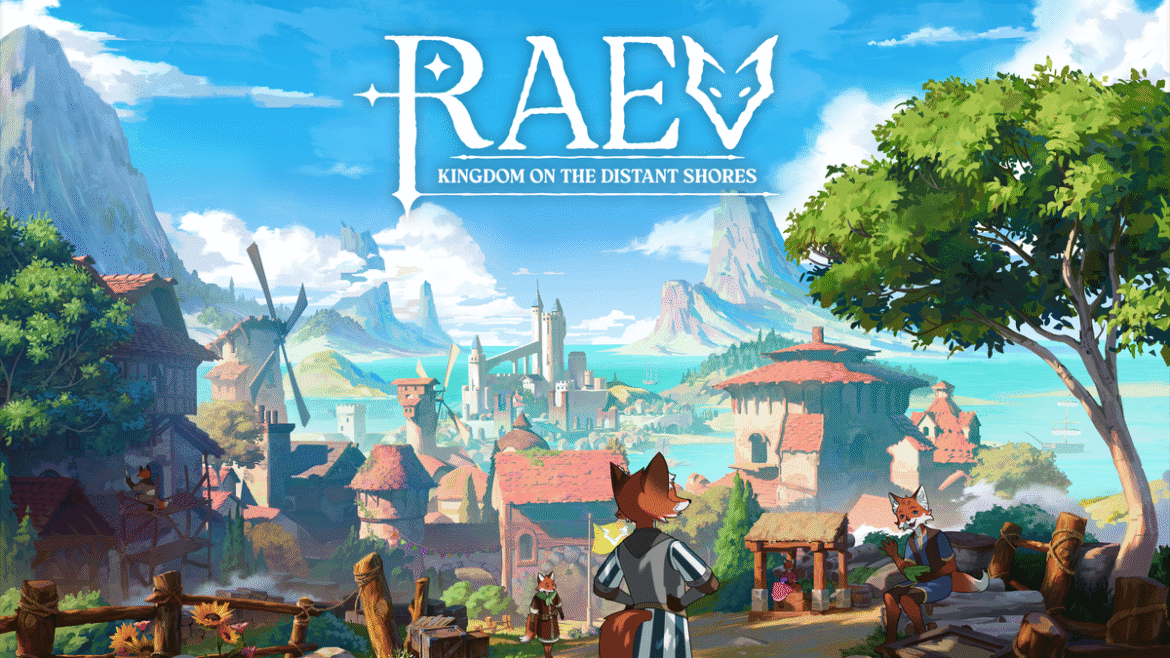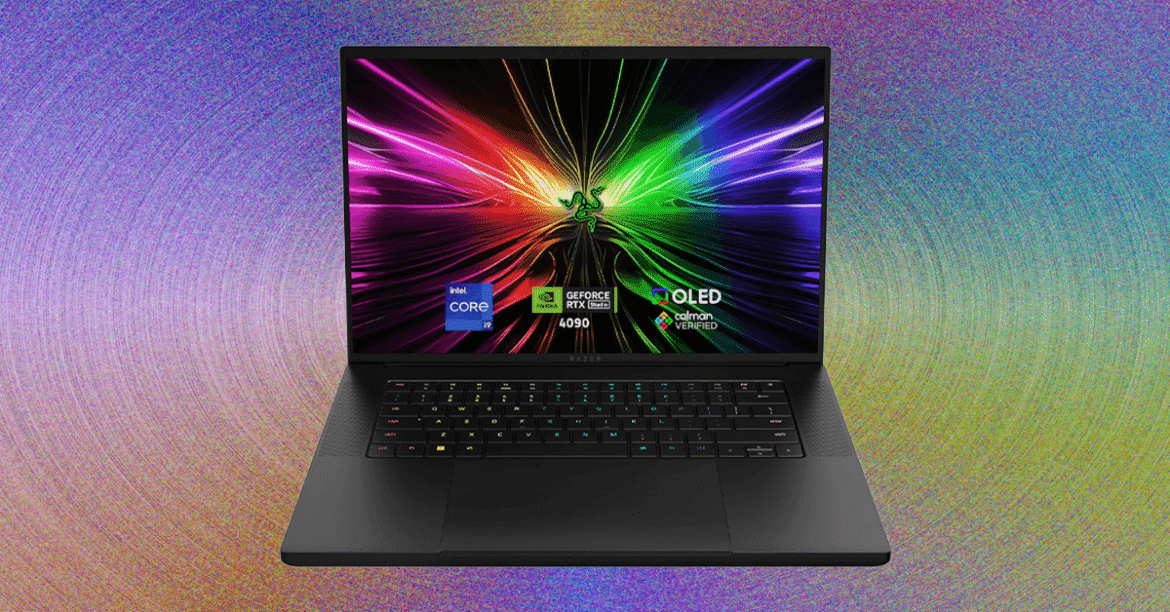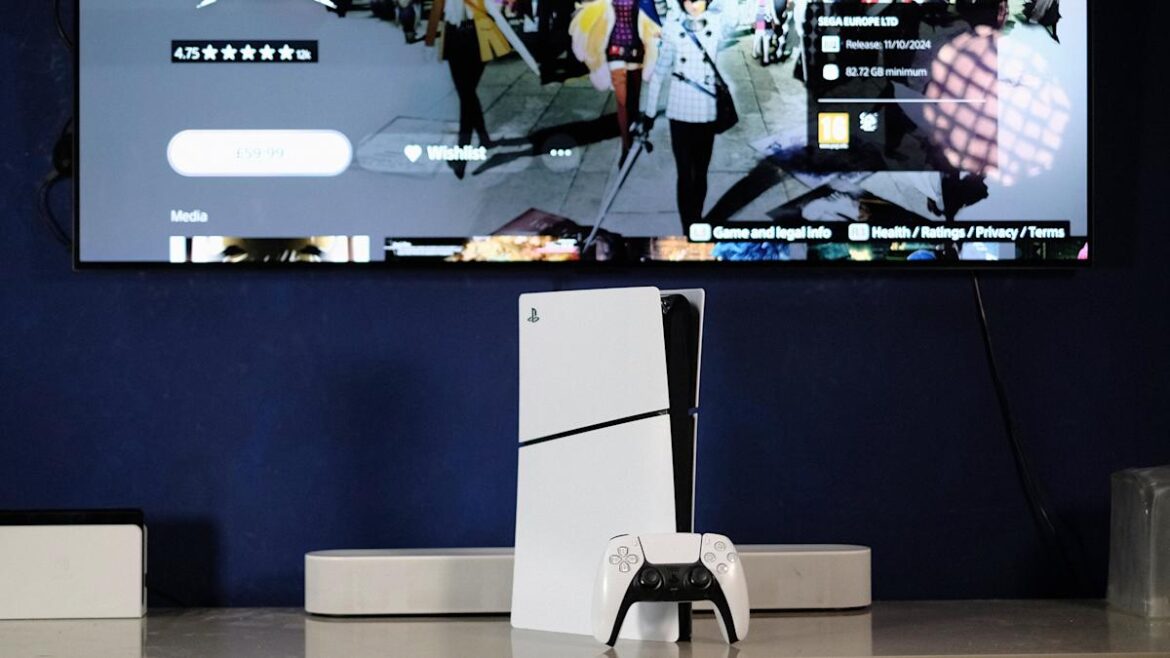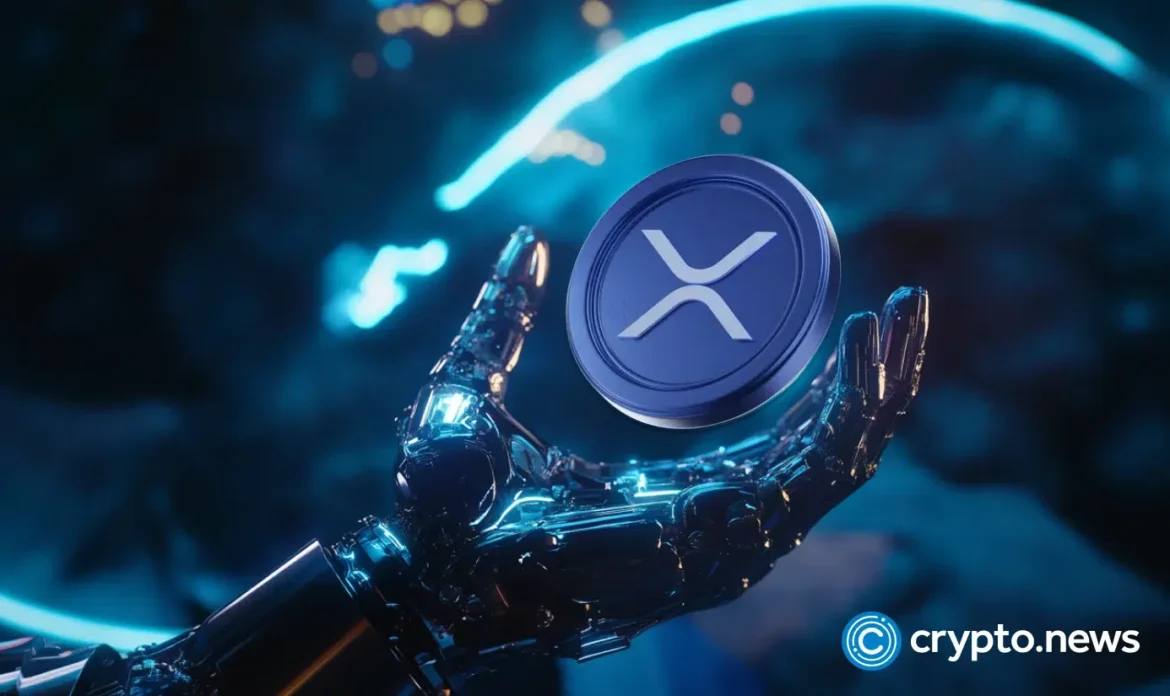[September 28, 2025 – Oceanside, California] — Being a ruler naturally comes with difficult decisions — will you rule peacefully and forge alliances, or wage war with an iron fist to claim what’s yours? RAEV: Kingdom on the Distant Shores, the upcoming, grand-strategy-inspired kingdom builder developed by Ravine Games and V Publishing, just dropped an exclusive new trailer in the PC Gaming Show Tokyo Direct! This trailer further introduces aspiring rulers to the world map, war and siege systems, and more. There’s much more to these fantastical lands than meets the eye.In RAEV: Kingdom on the Distant Shores, you’ll bear the crown as the ruler of Nytland. Transform this burgeoning realm into cities that make up vast kingdoms for your multi-faceted foxfolk: the Raevins. Each Raevin is unique: they have their own strengths, weaknesses, personalities, and aspirations. Assign your Raevins occupations that play to their strengths, from humble merchants to watchful militia as your kingdom grows and develops. However, uneasy is the head that wears the crown. Nytland isn’t the only kingdom inhabiting this world, many different diverse kingdoms border your land. Will you choose to optimize your own land usage and build alliances with neighboring kingdoms, or enact war and claim their land as your own? This decision between diplomacy and conflict lies with you, as the ruler, but your Raevins definitely have their own opinions as well. The path you choose will forge this kingdom's destiny! Check out the RAEV: Kingdom on the Distant Shores PC Gaming Show Tokyo Direct trailer here. Eager monarchs can wishlist the game on Steam today! Stay up to date with exclusive previews, developer insights, and beta testing opportunities by joining the official Discord.
Key Features of RAEV:
- Freeform Multi-City Building: Build your way, with gridless placement and modular building attachments that let you customize your kingdom’s look and function. Create a network of cities across the world map and jump between them. Trade, specialize, and explore – each city plays a vital role in your expanding kingdom. Unlock tech, appoint governors, specialize regions, and prepare for kingdom-wide management.
- Exploration & World Discovery: Send out expeditions to uncover ruins, resources, and secrets across the world – adding depth and lore to your growing empire. Discover an entire continent with its history and peoples. Venture ahead into the unknown for a quest to greatness. Find rare resources that will be essential to your rise to power.
- Fox-Led Fantasy Kingdom: Build a vibrant realm inhabited by Raevins – adorable, dream-filled citizens with unique traits, skills, and life paths. Raevins level up through a structured career system, unlocking elite professions that require better housing and city services. Help them find their calling nurturing their individual interests. Watch them progress from simple peasant militia to heroes of the realm fit to fight a dragon!
- Deep Production, Crafting Chains: From farming to metallurgy, RAEV features rich crafting systems. Unlock advanced recipes through research, technology, and exploration. Leverage rare resources to construct key structures. Secure a decisive advantage over neighboring kingdoms through technological superiority.
- Delightful Yet Strategic Defense: Threats can come any time knocking at the city gates – train elite units, fortify your towns, and choose your difficulty to balance between serenity and survival. Prepare for ambushes, roaming bandits, and dangerous creatures that threaten your trade routes and frontier towns. Tactical defenses and armed caravans will be vital in protecting your growing realm.
- Adventurer’s Guild: Recruit heroic adventurers, send them out to explore ancient tombs, derelict castles, or haunted forests. Danger lurks in the dungeons, but there’s treasure to be found and powerful bosses to be vanquished from the land for the peace of every city in its vicinity.
- Diverse Biomes & Seasonal Systems: Each region features its own combination of climate, resources, and challenges. Weather can affect food growth and heating needs, pushing you to adapt and plan.







